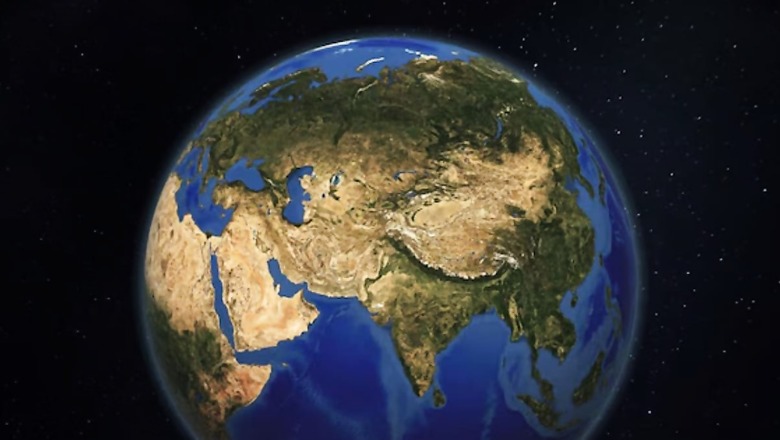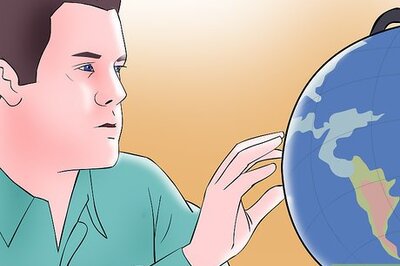
views
World Ozone Day, observed annually on September 16, aims at emphasising the critical role of the ozone layer in safeguarding the planet. Established by the United Nations (UN) in 1994, this day marks the anniversary of the Montreal Protocol’s signing on Substances that Deplete the Ozone Layer in 1987. It is a landmark agreement designed to phase out substances that damage the ozone layer.
The ozone layer, located in the Earth’s stratosphere, is crucial in protecting the Earth from the sun’s harmful ultraviolet (UV) radiations, which can cause skin cancer, eye cataracts, compromised immune systems and agricultural land damage. In the 1970s, scientists discovered that human activities, particularly release of chlorofluorocarbons (CFCs), were causing substantial damage to the ozone layer, leading to the formation of the infamous “ozone hole” over Antarctica.
Where Is Ozone Located?
Ozone, a gas composed of three oxygen atoms (O3), exists naturally within our atmosphere. The majority of ozone, approximately 90%, is present in the stratosphere, an atmospheric layer that starts about 10 to 16 kilometres (6 to 10 miles) above Earth’s surface and stretches up to around 50 kilometres (31 miles) in altitude. This stratospheric region, known for its high ozone concentration, is referred to as the “ozone layer.” This layer covers the entire planet, although altitude and thickness can vary seasonally and geographically. The remaining 10% is located in the troposphere, the atmospheric layer closest to Earth’s surface which exists between Earth’s surface and the stratosphere.
How Does Ozone Deplete?
Ozone depletion occurs when chlorine and bromine atoms interact with ozone molecules in the stratosphere, leading to their destruction. A single chlorine atom can destroy over 100,000 ozone molecules before it is removed from the atmosphere. This process leads to ozone being destroyed more quickly than it is naturally created. Certain compounds, known as ozone-depleting substances (ODS), release chlorine and bromine when exposed to strong UV light in the atmosphere. Examples of these substances include chlorofluorocarbons (CFCs), hydrochlorofluorocarbons (HCFCs), carbon tetrachloride and methyl chloroform.
Main Sources Of Chlorofluorocarbons (CFCs)
Chlorofluorocarbons (CFCs) were once widely used in various applications before their environmental impact was fully understood. Major sources included refrigerants in air conditioners and refrigerators, propellants in aerosol sprays. Another type of ozone-depleting substance, halons, were used in fire extinguishers. Despite the phase-out of these substances under Montreal Protocol, their long atmospheric lifetimes mean they will still affect the ozone for years to come.
Is Ozone Hole Slowly Recovering?
According to a UN report released last year, the Earth’s ozone layer is expected to recover from the ozone hole detected in the 1970s. The Montreal Protocol’s ban on ozone-depleting chemicals has been instrumental in this progress. If the current policies continue, the ozone layer should return to its 1970s level by 2040, with the recovery in the Arctic anticipated by 2045 and in Antarctica by 2066


















Comments
0 comment